How to Use Plastic Sheeting for Survival
When it comes to stockpiling survival items for emergencies as needed in a disaster supplies kit, plastic sheeting is an extremely versatile item that you simply cannot go without. It may seem a little far-fetched to say, but stockpiling a few extra plastic sheeting rolls has all the right makings to save property and possibly a life. This is especially true if you ever come face to face with a scary disaster situation that can come in all forms from hurricanes, tornadoes, heavy rain storms, or spring runoff. For best results, keep reading to find out how to use plastic sheeting for survival purposes, but also for everyday challenges in and around your home.
Plastic Sheeting and Duct Tape
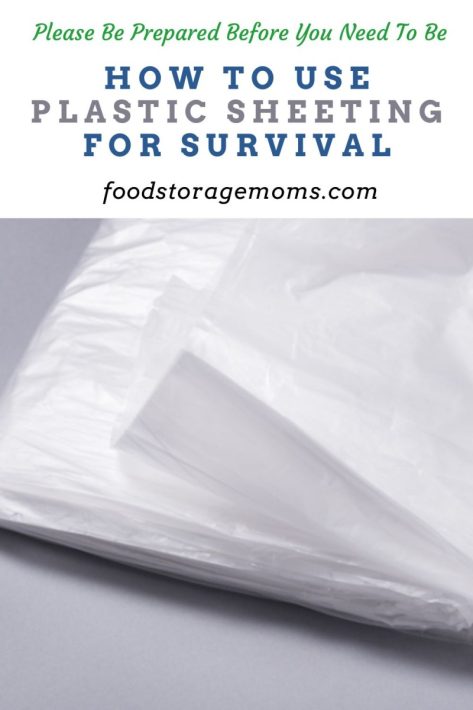
How to Use Plastic Sheeting for Survival
Making a Shelter
Plastic sheeting can be used to create a quick, makeshift shelter-in-place in a pinch. Plastic sheeting is waterproof to keep moisture out and highly durable, which means it will help protect you from the elements. Cover yourself and make sure that your shelter has some vents so it’s well-ventilated so oxygen can still flow freely! If you have a large area to cover you might actually need fans to circulate the air.
Instead of using stakes to secure your shelter, it may be best to use large rocks so that you don’t tear your plastic sheeting since the sheeting doesn’t have grommets. Make sure to add plastic sheeting to your emergency preparedness kit!
Keeping Warm
An extra layer of insulation between you and the cold ground or air can really help keep you warm during a survival situation in cold environments. If you have access to other materials such as blankets, extra clothing, etc., use them together with the plastic sheeting overtop to maximize warmth retention. If you don’t have one of the best survival tarps available, then a plastic drop cloth can help you with staying warm. I mean it’s not a bad idea! The Best Way to Dry Firewood Quickly
Rain Collection
Have you run out of bottled water and don’t have a nearby water source for your drinking purposes? You can easily set up a rainwater collection system by fastening plastic sheeting over your shelter or campfire area. Ensure the plastic hangs loosely enough for water to run off and collect in buckets or containers. If you have the tools, you can also dig a small pit and line it with plastic. The water can then be used for drinking, washing, and more. Make sure to follow the proper protocol for collecting rainwater per your sanitation needs. Creative Water Storage Solutions for Emergencies
Diverting Water
Instead of being used to collect water for your drinking purposes, plastic sheeting can also help divert water away from your home or any other structure. This would be especially important for those of you that happen to live on a hill or near a hillside and a landslide or mudslide is always a possibility. Natural disasters happen all the time as well, so don’t be afraid to use those plastic sheets when disaster strikes for diverting water as well. Although, using a plastic sheet to help collect your water supply as discussed above is a great idea!
If you have outside doors that face the anticipated direction of runoff from rain storms and other contributors to excess water, using plastic sheeting to protect those doors is critical.
Wind Protection
Plastic sheeting can also provide some protection from the heavy winds by fastening it to the outside of windows, doors, air vents, etc. Don’t forget to protect your garage windows and doors, along with other structures storing valuable items on your property. This will help keep you warm when temperatures drop and make your home safer in a storm and your camping experience more comfortable if away from home. Airtight plastic bags are a great way to protect yourself against the wind, always a good idea. Be cautious with plastic around your young kids who could be subject to asphyxiation.
High winds can cause a lot of damage, so the best choice you can make is to remain protected with some type of plastic sheeting. One consideration would be to cover your air conditioners outside so they aren’t as susceptible to branches blown your way. Winds: What You Need To Do Before They Hit
Sun Protection
Being exposed to the sun for just a single day will only promise your family several days of pain and misery up ahead. Colored plastic sheeting can be used to protect you from the sun’s harsh UV rays. Simply hang it up over your shelter or camping area and enjoy the shade! Place some plastic sheeting near your first aid kit for emergencies so you remember to take it with you! Place the kit in your car so that you don’t forget it! How To Prep Your Sun Oven
Food Preservation
If you don’t have access to a refrigerator while out in the wilderness, plastic sheeting can help protect and possibly preserve food. Place food items on top of the sheeting and cover them with additional layers of colored plastic sheeting to shield them from the sun. This will help prevent spoilage due to extreme weather conditions or pests. This is one of the best items to add to your emergency kits. Growing and then preserving your own food is an excellent way to use plastic sheets!
- 5 Incredible Food Preservation Methods
- How Long Does Canned Food Last?
- 13 Nutritious Survival Foods Out There
- Foods That Have a Long Shelf Life
Privacy
Most people don’t want the whole world to see them buck naked. If you’re in a tight spot and need to change clothes or take a shower, colored plastic sheeting can provide a bit of privacy. Hang it up between two trees or rocks for some discreet cover at the very least! You can always use duct tape to help create privacy in the event of an emergency. Types of Emergency Preparedness
Camo Netting
If you are trying to camouflage yourself in the wild, plastic sheeting can make an excellent camo net. Attach it to trees and shrubs around your campground or shelter area for added security and privacy.
Winterizing Your Windows and Doors
If you happen to live in a colder climate, it’s important to winterize your windows and doors for optimal energy efficiency. Covering them with plastic sheeting can help keep the warm air in and the cold air out, helping you save on heating costs during the winter months.15 Items to Stock Up On For Winter
Temporary Home Repair
You can use plastic sheeting for a makeshift shelter, but it can also be used when you’re faced with a home repair that needs a temporary solution during a worst-case scenario. When you’re dealing with a leaky roof or a broken window, tacking down some plastic sheeting over these areas will limit the amount of damage to your home.
Mark and I visited St. Thomas years ago some weeks after a hurricane had devestated the area. I was amazed to see hundreds of homes with blue plastic sheeting covering the roofs or homes and local lstores due to the wind damage.
Creating an Isolation Area
Remember when the pandemic put families in situations that required them to protect themselves from other family members that had caught the virus? Many people made isolation areas to help keep others from getting sick. If we’re ever faced with another pandemic again, plastic sheeting would be something that you could use to isolate the sick from the healthy so they’re less likely to catch any illnesses. Controversial, but true! How to Prepare for Isolation
Is Plastic Sheeting Flammable?
The short answer is yes, plastic sheeting can be flammable if it comes into contact with an open flame. However, the flame will not spread quickly and the sheeting may have a chance to self-extinguish without causing harm. Plastic sheeting can still be of use in survival situations, it just needs to be handled with care and kept away from any fires.
Is Plastic Sheeting a Good Insulator?
As mentioned briefly above, plastic sheeting happens to be a great insulator. It can help keep the air in your shelter or campground area warm and dry by trapping heat from the sun and preventing it from escaping. This will make your camping experience much more enjoyable or your survival situation that much more tolerable. How to Build an Underground Shelter in the Woods
Is Plastic Sheeting Waterproof?
Yes, plastic sheeting is in fact waterproof. This makes it ideal for a variety of camping and survival situations, from protecting you from the rain to preserving food items in wet conditions.
More Tips for Survival
- Camping Tips for Survival
- Survival Food And Emergency Food Storage
- 45 Survival Items You Need To Stock NOW
Final Word
Whether in the wilderness or at home during an emergency, plastic sheeting can be your go-to resource for protection and preservation. With its many uses, it’s easy to see why this material should always be included in any survival kit. So don’t forget to stock up before your next trip or unexpected emergency, because hey, you never know when you might need it! I would add plastic sheeting to your emergency supply kit! You never know when a sheet of plastic could save your life. May God Bless this world, Linda
Copyright Images: Plastic Sheeting Painters Drop Cloth AdobeStock_408736813 By Mdbildes

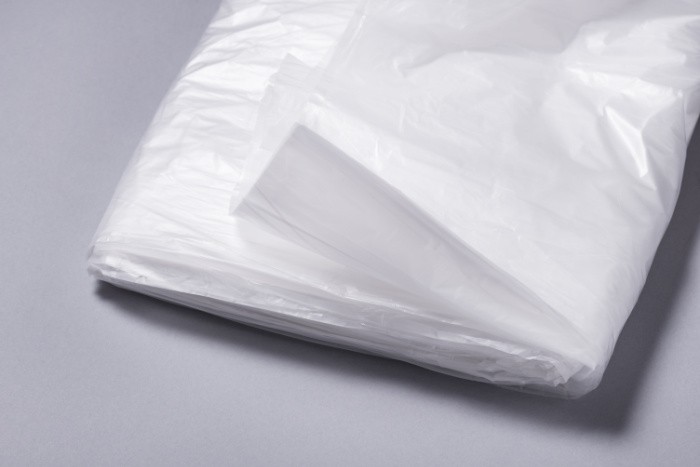

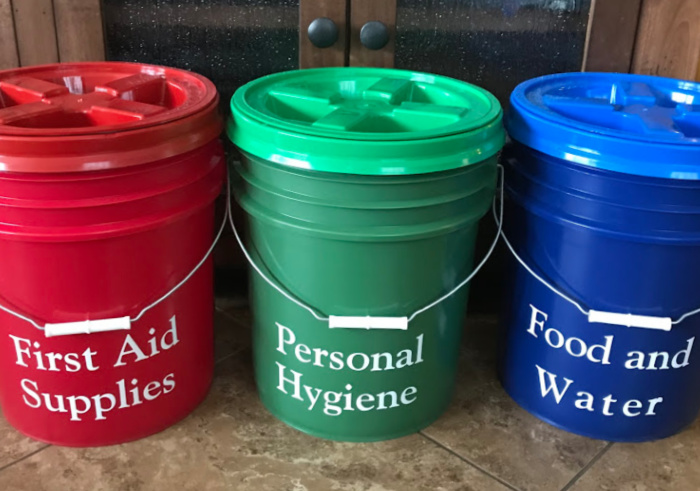


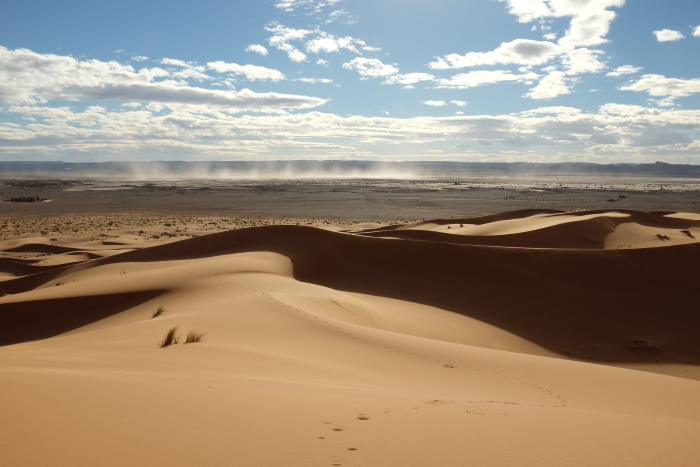
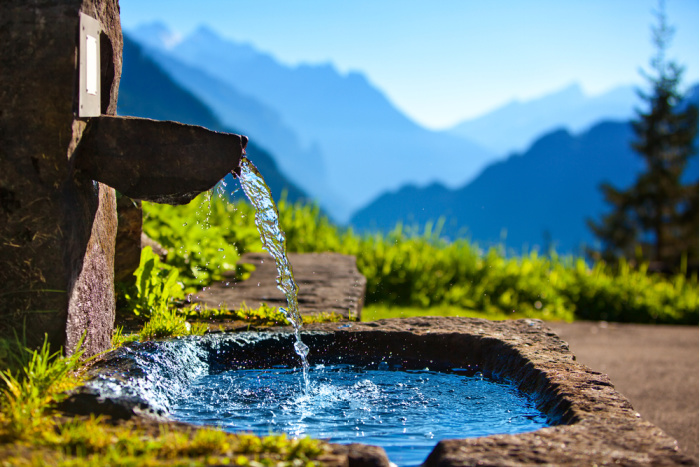
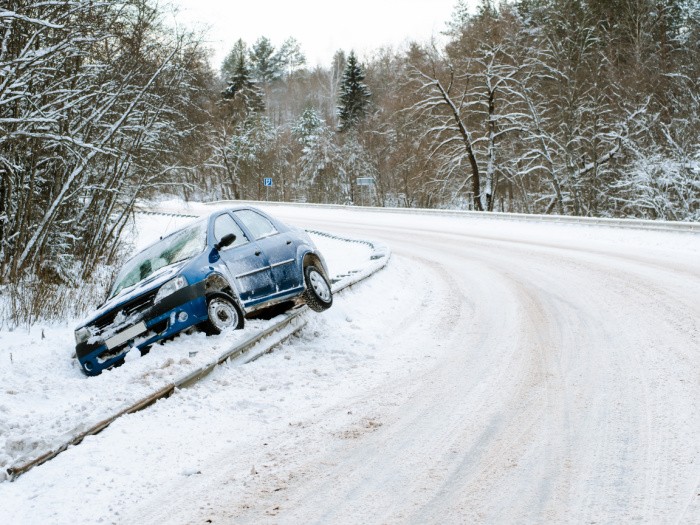













Another great article Linda. I want to add that during the winter months my son uses heavy plastic over his small nursery green house and during summer he uses shade cloth, that way he don’t have to change it over and over. He also covers our plants and fruit trees with it during a freeze or frost.
Hi Judy, oh my gosh, I’m glad you added this. I love using it on my garden and the shade cloths help when you live in the desert! Great reminder!! Linda
When I was a Girl Scout Leader many, many years ago, 2 things I taught my scouts: 1) always bring 2 plastic sheets to put under the sleeping area; 2) always bring newspapers (I always carried lots of extras for those girls who forgot or didn’t have access to newspapers). So how we set up our sleeping area: 1 plastic sheet on the ground, covered with a few layers of newspaper, then the 2nd layer of plastic sheet. Since we were camping on the ground, this prevented the moisture from coming up into the sleeping bag. It was not so much about preventing cold but preventing moisture. We also DID NOT roll out our sleeping bags until just about time for bed as that helped the sleeping bag stay moisture free longer. After getting up in the morning, we rolled or folded our sleeping bags on top of our sleeping area.
Now, I don’t camp outside a tent anymore! Age, you know! I have a tent with a floor but I still put a plastic sheet or tarp under my tent. I also carry a rug that nearly covers my 8X10 tent floor. I also sleep up off the ground so the area below my sleeping area tents to be pretty cold! I put a folded over quilt on my bed, then I put my sleeping bag over that. The quilt helps keep the cold from coming up to the sleeping bag. It is a lot to carry around though so not very practical if you are bugging out and cannot take much. For that, I would always include a hot water bottle. It takes up very little room in a pack but the hot water can really heat up your bed! I am now the proud owner of 4 hot water bottles! One I use during the winter here at home, one in my camping set up and 2 in my preps (one in the bug out bag and the other in my general preps).
As for using plastic sheeting for rain collection, one should also have in the mix some unbleached muslin to filter the rain water. Especially if it is windy with the rain, you might get debris in the rain water collection receptacle. I have a 5 gallon bucket set up for rain collection: it includes cloth for filtering the rain water, plastic sheeting, and rubber ties for holding things in place (I’ve found those rubber exercise bands are great to have included for tying the cloth over the bucket.
HI Leanne, oh my gosh, I love that idea of the exercise bands for the buckets!! Why didn’t I think of that!!! You reminded me a few years ago to get hot water bottle, the best investment ever. Linda
If you want a dual purpose item for hot water, a nalgene bottle can hold very hot water, great for warming the feet area of your sleeping bag. And if it gets really cold, your bottle of water will not freeze, it will cool some, though ;}
Now that I have several hot water bottles, I find that I use them even when I am home. I simply empty the water into a pan, heat it up and pour it back into the hot water bottle! And they are very secure in that the plug is protected when in use. I would probably accidentally open the water bottle!! Just me I guess.
Hi Leanne, a great reminder on the hot water bottles! Linda
Hi Jan, thanks for the tips on the Nalgene Bottles, I had not heard of them. Thank you, Linda
Line that pickup bed and catch that runoff for a good bath lol
Hi Matt, that might be chilly, LOL! Did you see on TV how a farmer, actually two farmers used their trucks to stock the flooding via a bridge? I need to find that and send it to you. Linda
Linda,
I use 6mil plastic sheeting to cover the hoop houses in my raised beds in the winter.
Hi Ray, 6 mil plastic is a good weight for gardens. Thanks for the heads up, Linda
Even here in the harsh winds and intense sunlight of Kingman I get 3-5 years of use before it has to be replaced.
Hi Ray, I love hearing this, I was lucky I got 3-5 years out of mine as well in Southern Utah!!! Linda
https://warps.com/contact/ >>>> free paper catalog
get an education about specialty poly sheeting – the original “Visqueen” people >>> get the correct product for your application >>>
Did you know there’s “hardware cloth” enclosed poly sheeting????
Hi Illini, thank you for this information!!! Linda